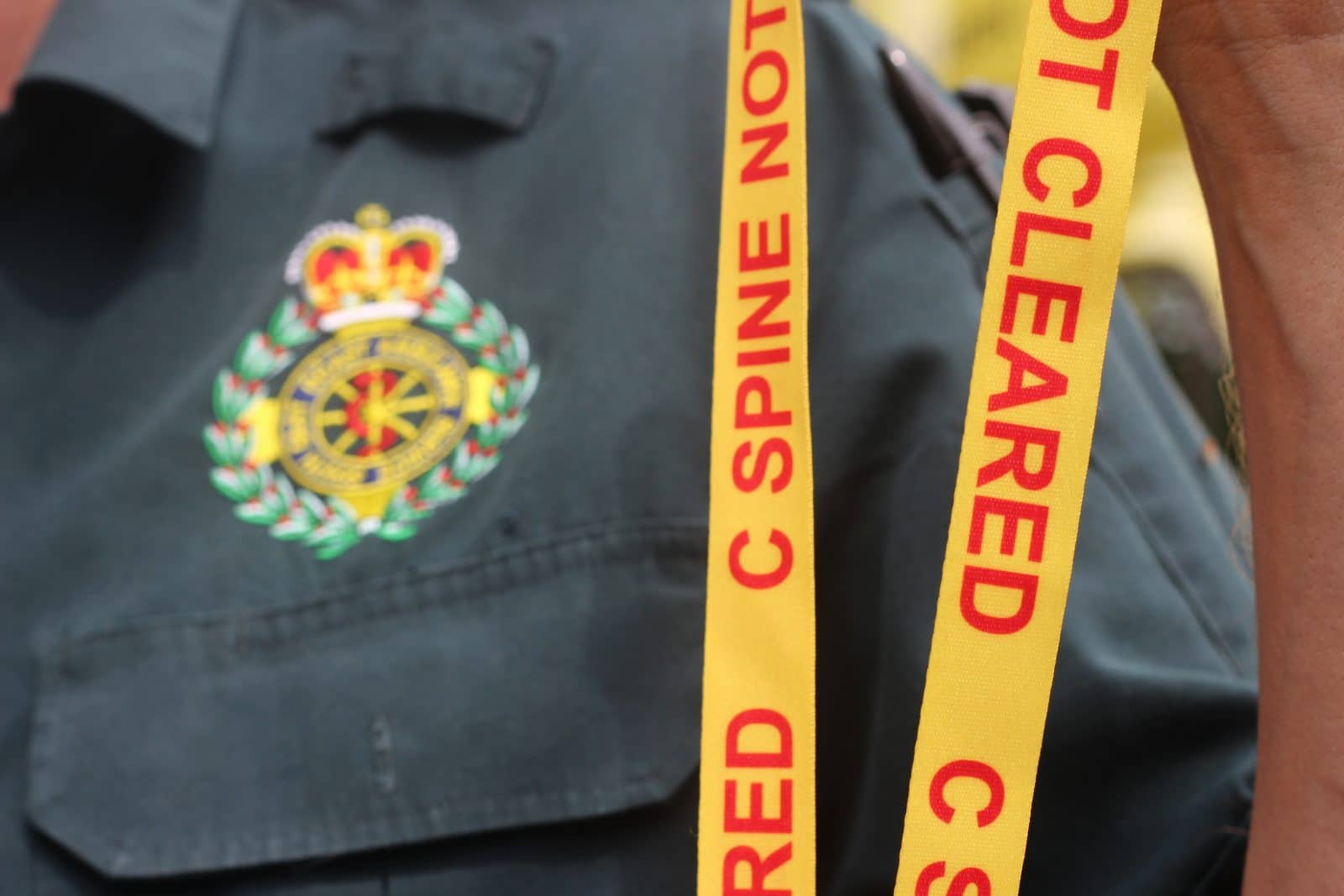South East Coast Ambulance Service NHS Foundation Trust (SECAmb) is the first ambulance service in the country to introduce new pioneering guidance aimed at improving the treatment of spinal injury patients.
The guidance includes the ending of the use of neck braces or semi-rigid collars on spinal injury patients. The ground-breaking approach is only currently in place in three other countries – Australia, Norway and Denmark. While collars are often seen as synonymous with spinal care, there is growing evidence that they could cause further harm, while providing little or no benefit.
Instead, for ‘standard patients’, spinal precautions will be undertaken with manual in-line stabilisation followed by head blocks, tape and placement on a scoop stretcher secured in a non-rigid vacuum mattress.
For a group of ‘non-standard’ patients – which may include older patients, those who are frail or have pre-existing spinal conditions, those with communication difficulties, pregnant patients, young children, bariatric patients or agitated and uncooperative patients – transport on a scoop stretcher is not beneficial. In these cases, a position of comfort approach will be used to minimise spinal motion and a special lanyard will be applied to the patient in order to alert the receiving emergency department of the patient’s status.
Soon to be adopted nationally by the Joint Royal Colleges Ambulance Liaison Committee, (JRCALC), SECAmb has been assigned as an ‘early adopter’ while the national guidelines are formalised.
The new approach follows a working group being established at SECAmb with the remit of re-examining the Trust’s approach towards spinal care to ensure the guidelines were fit for modern pre-hospital practice. Headed by SECAmb Critical Care Paramedic, Alan Cowley, the group worked closely with the region’s trauma networks to develop a new set of guidelines to benefit patients.
A decision tool that separates vulnerable, frail patients from those considered healthy and fit has also been developed. The tool allows ambulance staff to more quickly make decisions about patients while safeguarding the older, frail and vulnerable people. These patients are more likely to suffer spinal injuries which are at risk of being missed due to the reduced force required to cause injury.
Alan said: “Severe spinal injury is a rare but potentially catastrophic event. Like many forms of trauma, the immediate actions following the accident can have a significant impact on the outcome. Our working group has, over the past two years, developed this guidance for our crews to ensure that our approach in in line with the latest evidence.
“The benefits include there being a reduced chance of a spinal injury being worsened, improved identification and care of spinal injury in older, frail and vulnerable patients and a more efficient use of resources, freeing up crews to respond to other 999 calls.
“The decision tool should allow for a truly bespoke level of care and ensure that treatment is tailored to the patient in front of us, rather than shoehorning a patient in to a one size fits all approach.”
SECAmb Medical Director Dr Fionna Moore said: “I’d like to thank Alan and all those involved in this important work, including our partners in our trauma networks. As a Trust we were aware that the evidence base for pre-hospital spinal care was changing and the guidelines needed to be updated.”

